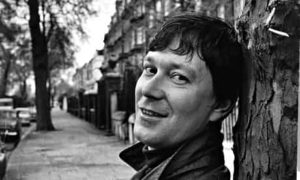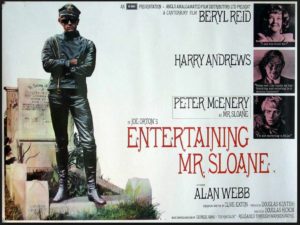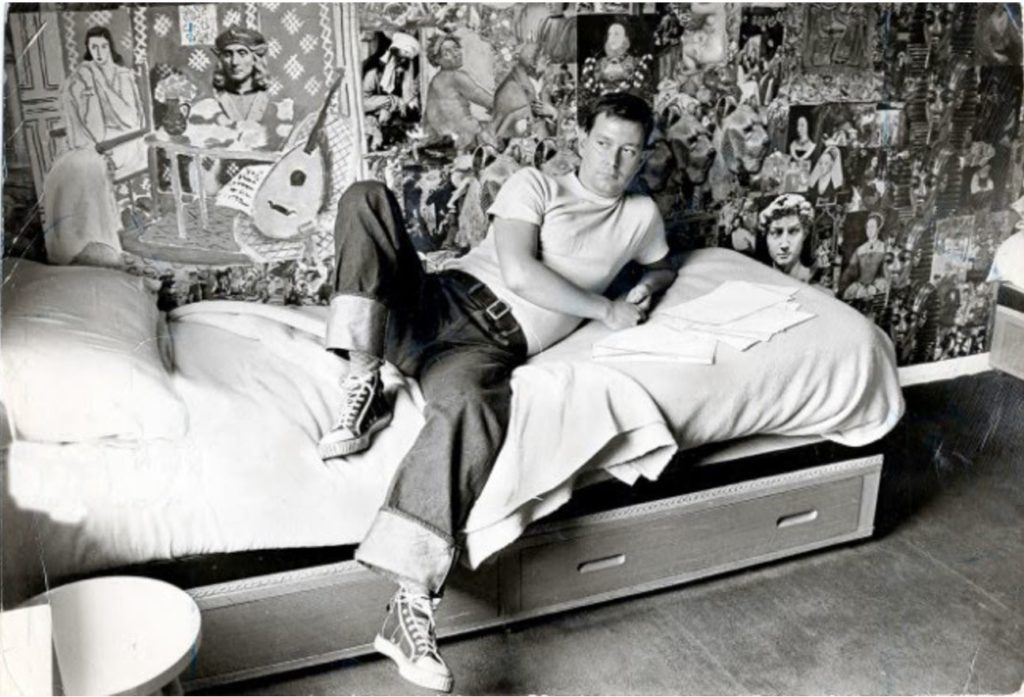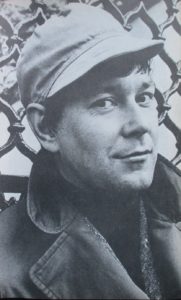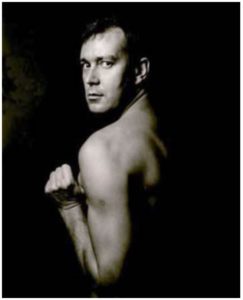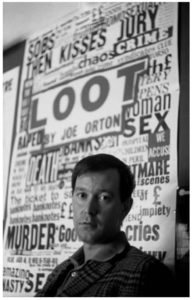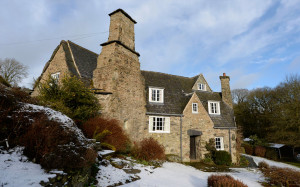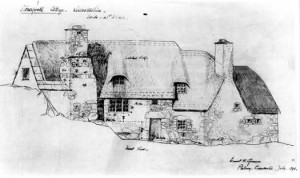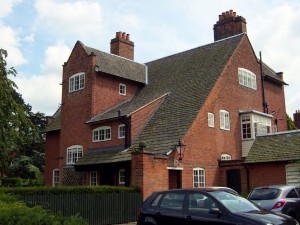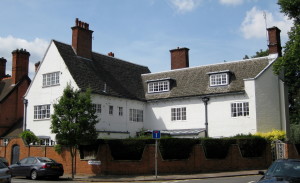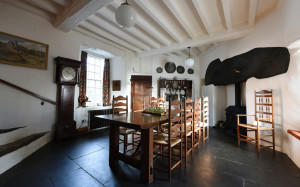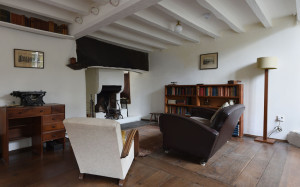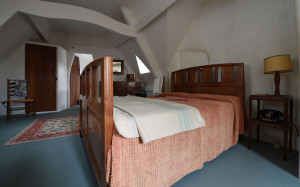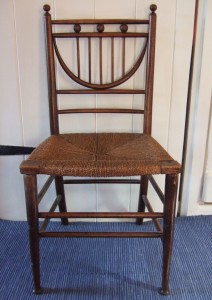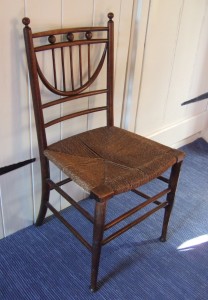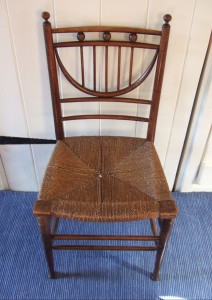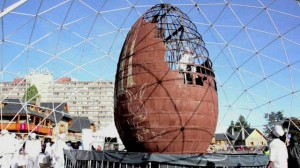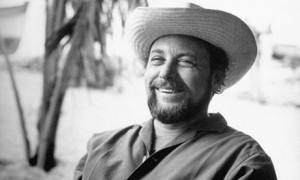I was sad to read on the BBC website yesterday that the paternoster in the Attenborough Building at Leicester University has been closed and is going to be removed and replaced with a lift.
I have vivid childhood memories of the paternoster, and slightly terrifying rides on it. A paternoster is a type of constantly moving open lift, with compartments stacked on top of another and moving in a constant loop up and down the building. One each floor of the tower there were two openings, one for compartments going up and the other for those going down. The paternoster moved at a slow speed, but it was still unnerving to time your step into and out of the compartment, putting off thoughts of falling and being squashed, half in and half out of the compartment, or getting caught in the exposed mechanisms at the top and bottom of the ride. (Over-riding and under-riding were great thrills).
The paternoster is one of the last few surviving ones in the UK. The paternoster was invented in England in the 1860s, and the installation of new paternosters in buildings was banned in the UK in 1974, making the Leicester University one of the last to be built.
The 18-storey Attenborough Building opened in 1970, and is named after Sir Frederick Attenborough, the Principal of University College (as the institution was known before it became a fully-fledged university) and father of Sir David Attenborough and Lord Richard Attenborough. My father taught in the Philosophy Department, and his office was on the 15th floor, with fabulous views over Victoria Park and beyond. Peregrines nested on the tower, and I remember occasionally seeing them from my Pa’s office in the 70s. His department was closed in 1989 when it merged with and moved to Nottingham University, and he took early retirement.
The tower had conventional lifts, the paternoster, and (for me) an even more terrifying staircase around a central void which went up the entire height of the building. Being modern architecture, the stairs had no risers, just treads, and a gap between the wall and the steps, with what seemed like a flimsy railing between you and the terrifying abyss to the other side. I still have occasional anxiety dreams about climbing such seemingly rickety staircases …. Every now and then I would force myself to take the paternoster to visit my Pa rather than the lift. Different times: I can’t imagine an unaccompanied child would be allowed in the building on their own these days.
BBC report with film of the paternoster and diagrams of how it works.


